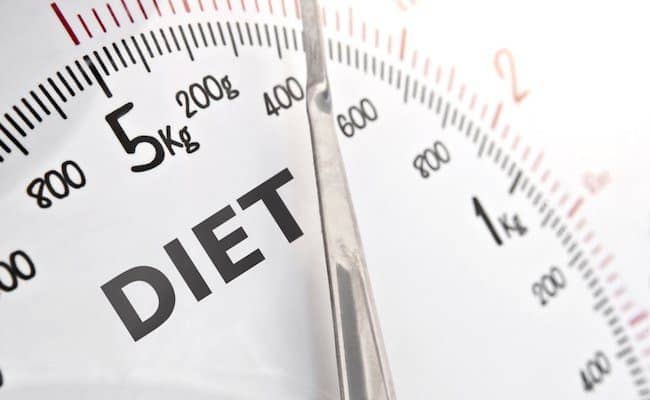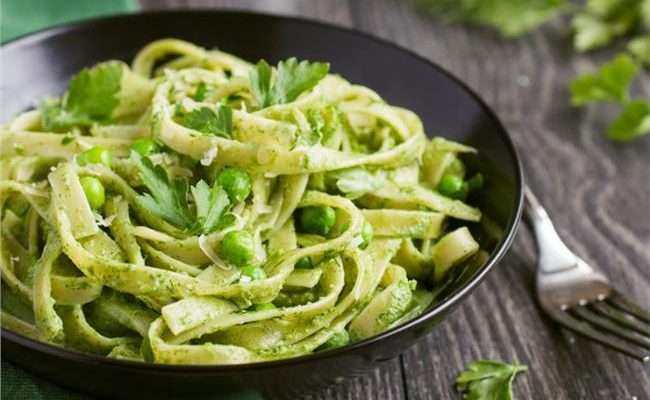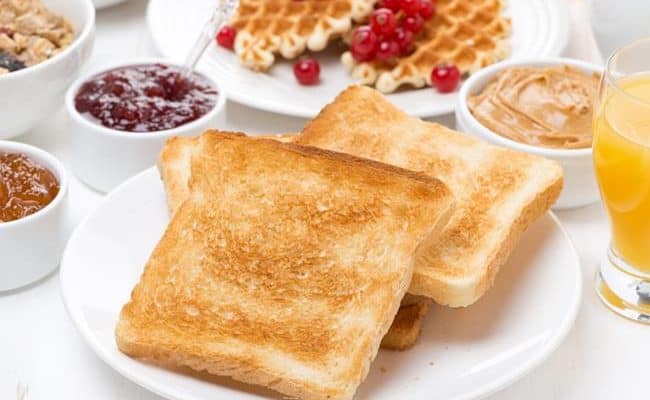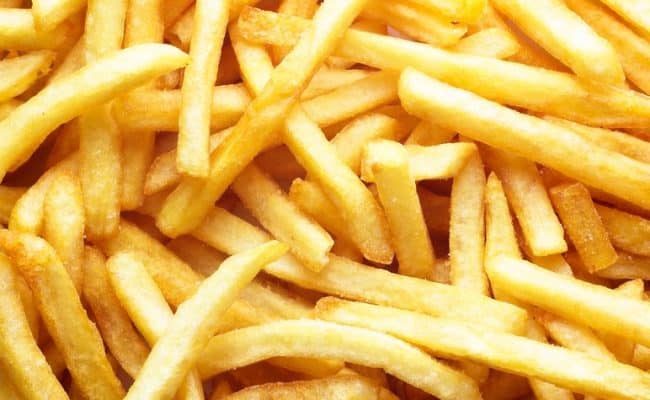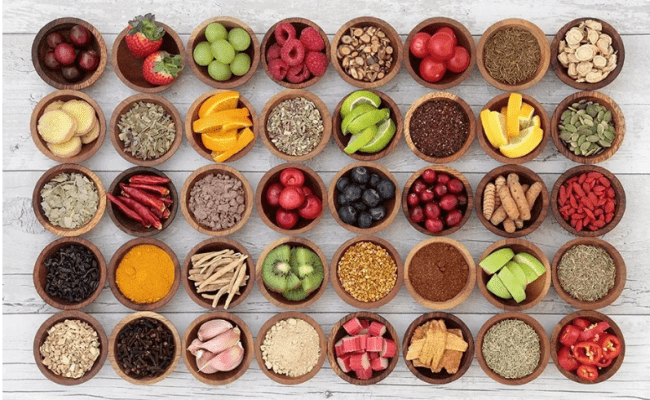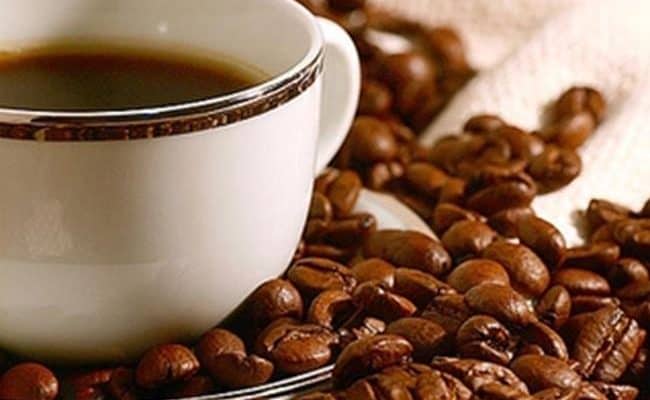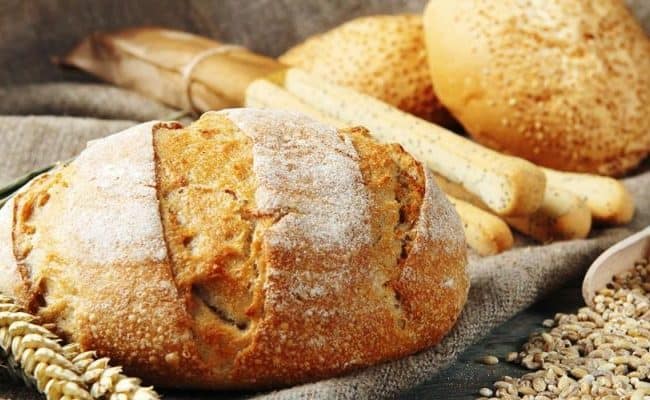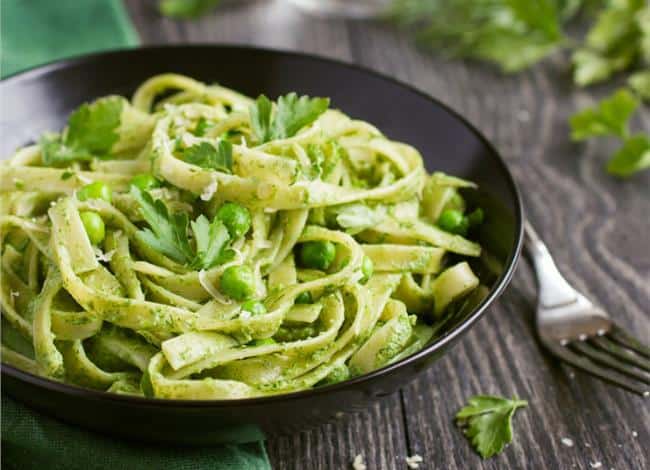
Pasta is thought to have originated as an Italian staple around the 12th century. Italians have been consuming pasta for thousands of years, yet their obesity rates have remained very low. Italians traditionally follow a Mediterranean diet which is rich in fruits, vegetables, whole grains, olive oil, legumes, nuts and little red meat and sweets.
Pasta in Western society has gotten a reputation as a “bad carb” or a fattening food. However, Italians have been enjoying pasta for so long but have had lower rates of obesity and other chronic diseases than other parts of the world.
When assessing if pasta is fattening or a good weight loss food, you need to take into account what type of pasta is used, what else is served with the pasta, serving size and overall diet.
Pasta and blood sugar
The glycemic index (GI) or glycemic load (GL) are used to determine a food’s effect on raising blood sugar levels. Foods with high GI or GL values are considered to raise blood sugar rapidly after eating. The higher blood sugar is raised, the more insulin gets released.
Insulin helps energy from the blood go into cells of the body for energy or storage. Having high levels of blood sugar and consequently insulin is thought to encourage fat storage.
High carbohydrate foods like sugar and white bread have high GI values. Pasta, since it is primarily carbohydrate, is often associated as also having a high GI value.
However, pasta surprisingly has a relatively low GI value (1).
The type of flour used for pasta making, semolina flour, is more resistant to break down and can have a slower release of glucose into the bloodstream, especially compared to other carbohydrate foods like bread or cereals.
How much are you eating?
Since pasta has a relatively low GI, does this mean you can eat as much as you want? Of course not. Portion size of pasta, as with any food, is very important.
In a Washington Post article (2), Julie Jones, professor of nutrition at St. Catherine University, suggests carbohydrates are not the enemy, but rather over consumption of anything.
A downside with eating pasta is that it can be easy to eat a larger than necessary portion. Italian tradition is to stop eating when you are full instead of when the plate is clean.
To make pasta meals healthier, try taking a smaller than normal portion and add more salad to your meal.
What kind of pasta?
Pasta is traditionally made with semolina flour, which is fairly resistant to breakdown. However, now more than ever you can buy pastas made from all different types of flours.
As gluten free diets have become popular, more gluten free pastas are available. Gluten free pastas can be made from rice, corn or quinoa flours.
Use caution with gluten free pastas: sometimes people associate anything that is gluten free as an automatic healthier alternative. Some gluten free pastas made from white rice can be lower in fiber and may have a higher GI rating.
If you are looking for a higher fiber or nutrient dense pasta, whole wheat pastas or quinoa based pastas usually have a higher fiber content.
What else is with the pasta?
What you put on top of pasta is just as important as how much pasta you are eating. Adding heavy creamy sauces on top of the noodles can really change the calorie content of a meal.
What are the healthiest toppings for pasta?
There are many options. Tomato based sauces are a rich source of antioxidants and vitamin C. However, some pre-made sauces can also be high in sodium and even sugar. Look for tomato sauces that have minimal ingredients, or better yet make your own sauce!
Pasta can also be made with a little olive oil, garlic and/or other herbs for seasoning. Adding in some olive oil can be a source for heart healthy fats and omega 3 fatty acids.
No matter what sauce you choose, add in some vegetables to your pasta dish to lighten it up and to increase the nutrient density of the meal.
How to make a pasta dish healthier
Here are some ways to keep pasta dishes light and part of a healthy, balanced diet.
- Keep the pasta al dente. Cooking the pasta longer than al dente can increase the GI of the pasta (3).
- Eat smaller portion of pasta. If you pile the pasta on your plate, try switching it up. Think about a pasta meal like any other meal. One fourth of the plate can make up grains, one fourth can be a protein and the rest of the plate should be made up of fruits and vegetables, according to the USDA My Plate.
- Get creative with your meal! There are many ways you can add in different vegetables, proteins and healthy fats into a pasta dish to increase the nutritional profile. Try adding in various colors of vegetables that can take place of some of the noodles on your plate.
- Eat like the Mediterranean diet: eat slowly and enjoy your meal. Stop when you’re full.
Conclusion: Is pasta fattening?
Pasta is higher in carbohydrates, but it is lower on the GI than other carbohydrate foods like white bread.
As with anything, the main thing to keep in mind for pasta is how much are you eating and what are you eating with it? Try eating a smaller portion size of pasta with plenty of vegetables, healthy proteins and fats.
If you are gluten intolerant and you still want to eat pasta, choose varieties that are higher in fiber and still watch your portion sizes.
If you don’t want to eat pasta or don’t like the way it makes you feel, then don’t eat it.
However, if you are avoiding pasta just because you hear it is a fattening food, take into consideration it depends what you eat the pasta with and how much you are eating.
